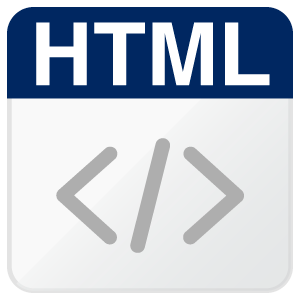Hello,
I am not sure if arm can also be used with TI-RTOS.
Does TI-RTOS support using arm ?
If yes - will it support all the driver listed in
for arm:
- EMAC. Ethernet driver used by the networking stack (NDK) and not intended to be called directly.
- WiFi. Used under WiFI host driver (Supports CC3100).
- SDSPI. Driver for SD cards using an SPI (SSI) bus. This driver is used by the FatFS and not intended to be interfaced directly.
- I2C. API set intended to be used directly by the application or middleware.
- I2S. API set intended to be used directly by the application or middleware.
- SPI. API set intended to be used directly by the application or middleware.
- GPIO. API set intended to be used directly by the application or middleware to manage the GPIO interrupts, pins, and ports (and therefore the LEDs).
- Pin. API set intended to be used directly by the application or middleware to manage the GPIO interrupts, pins, and ports (and therefore the LEDs).
- UART. API set intended to be used directly by the application to communicate with the UART.
- PWM. API set intended to be used directly by the application to communicate with a PWM.
- Camera. API set intended to be used directly by the application to communicate with a camera.
- Watchdog. API set intended to be used directly by the application or middleware to manage the watchdog timer.
- USBMSCHFatFs. USB MSC Host under FatFS (for Flash drives). This driver is used by FatFS and is not intended to be called directly.
- Other USB functionality. See the USB examples for reference modules that provide support for the Human Interface Device (HID) class (mouse and keyboard) and Communications Device Class (CDC). This code is provided as part of the examples, not as a separate driver.
Note that in the table in the following link it is said that wireless is not supported, so I'm not sure why these is a mismatch between these pages:
Regards,
Ran




